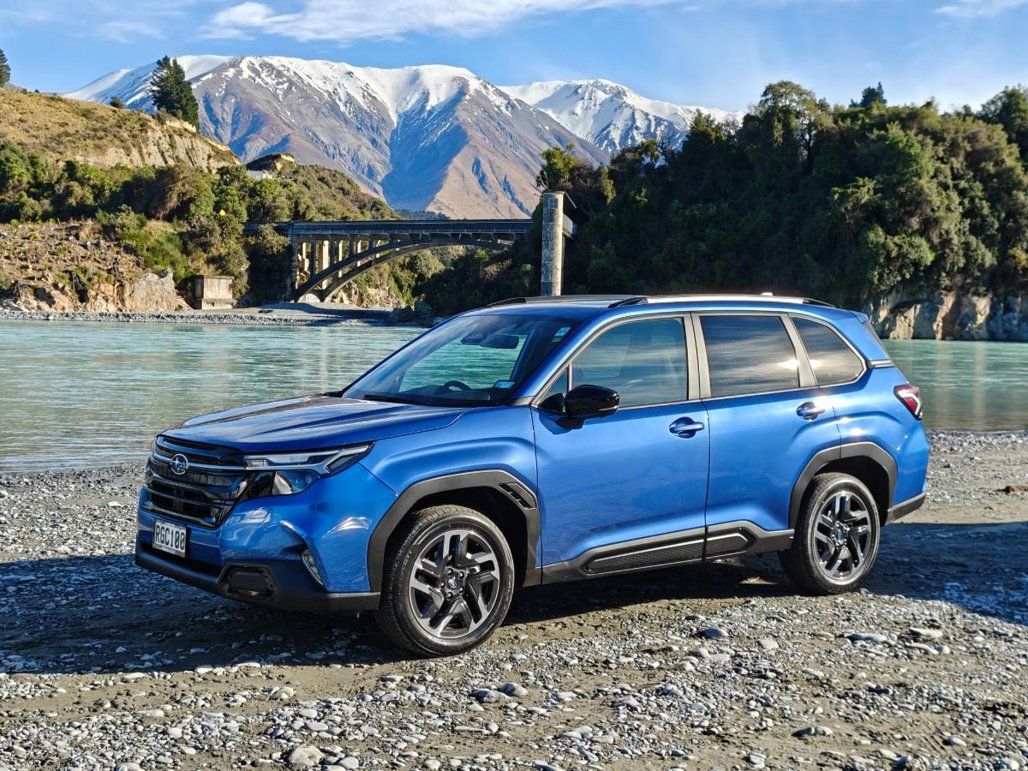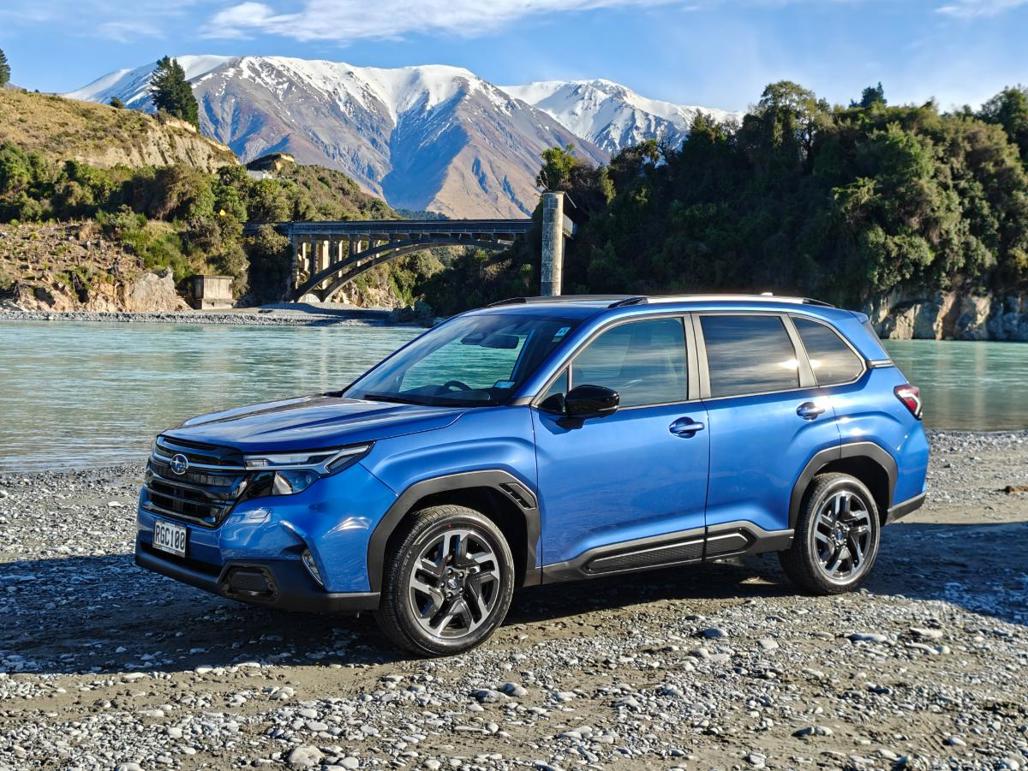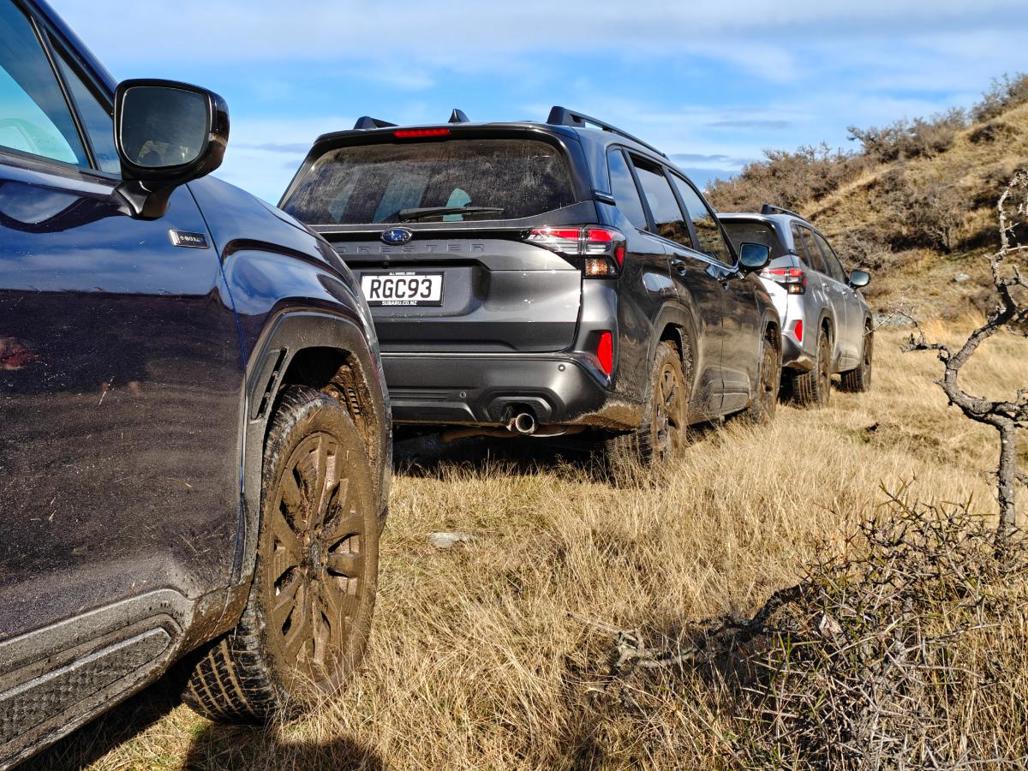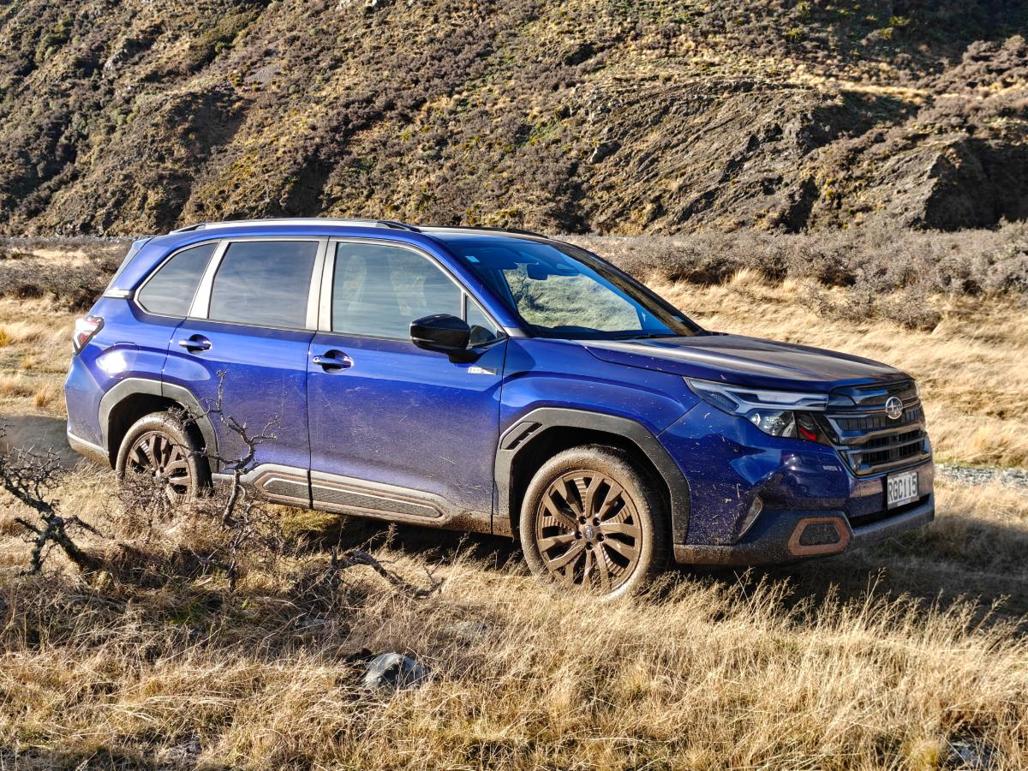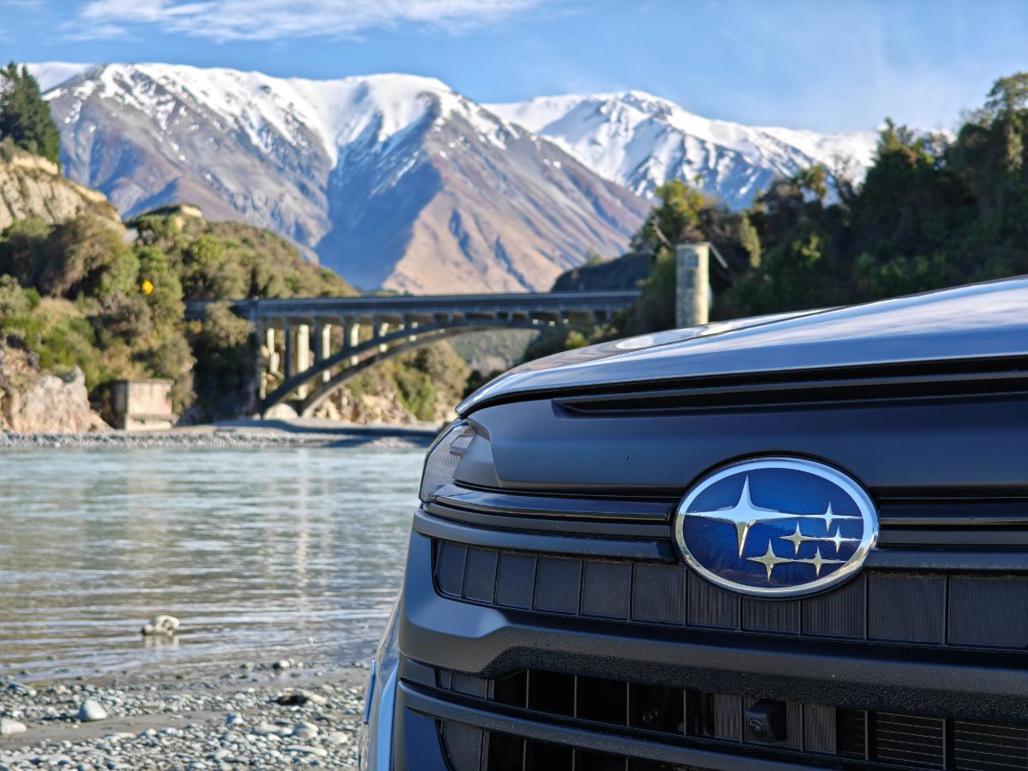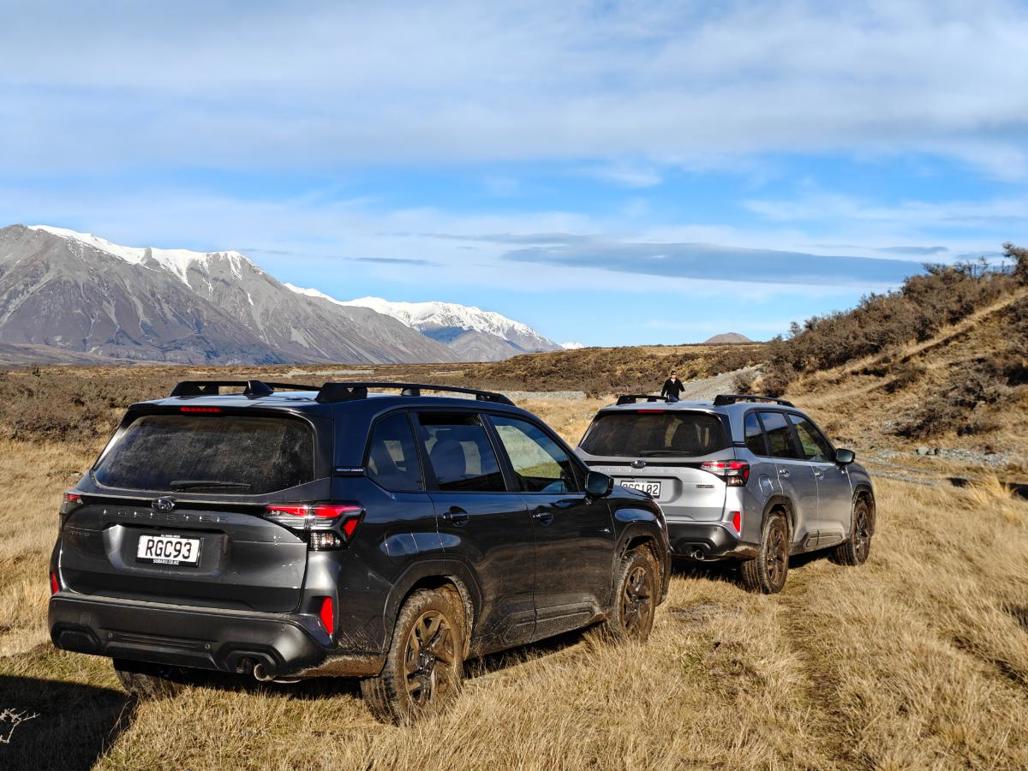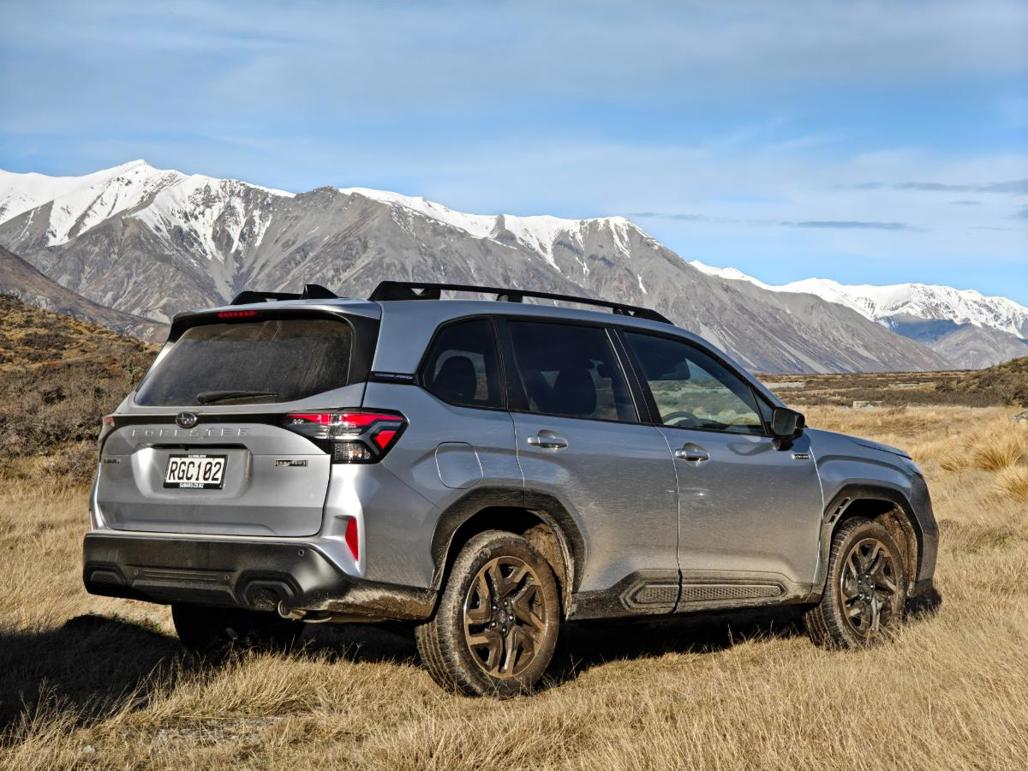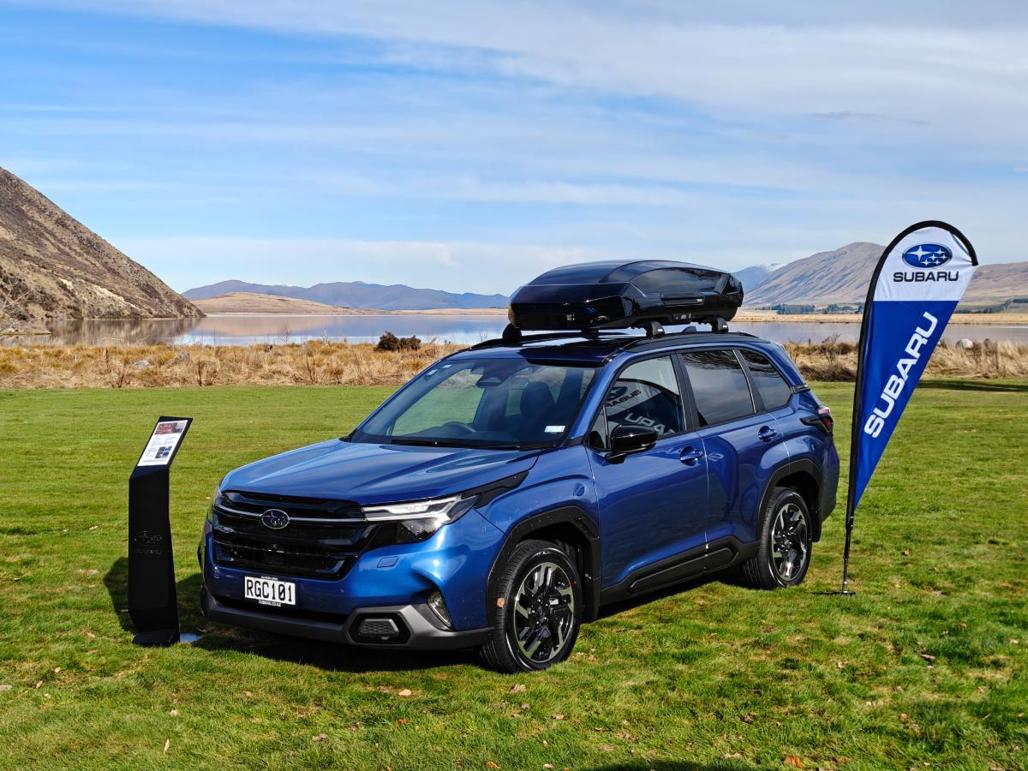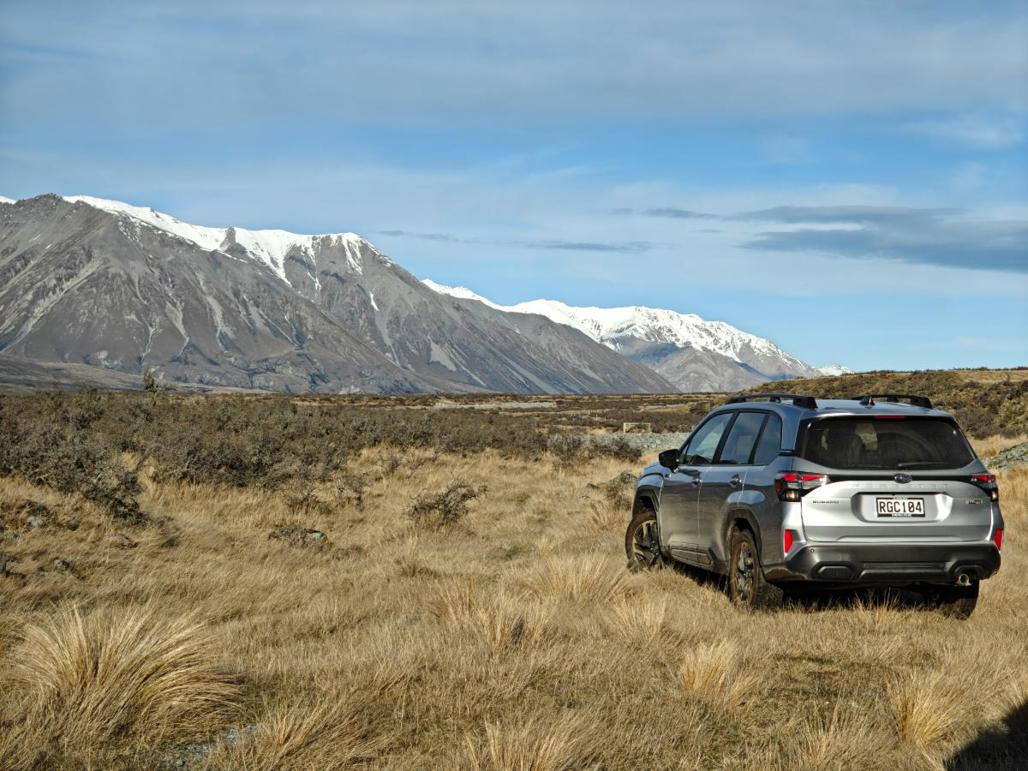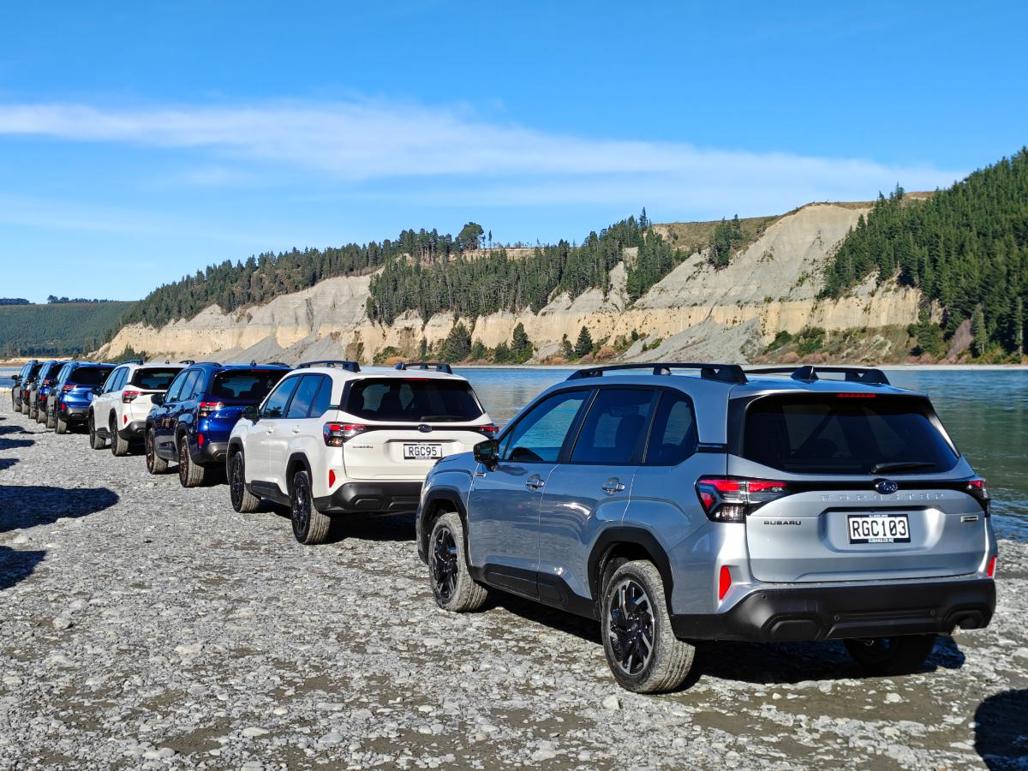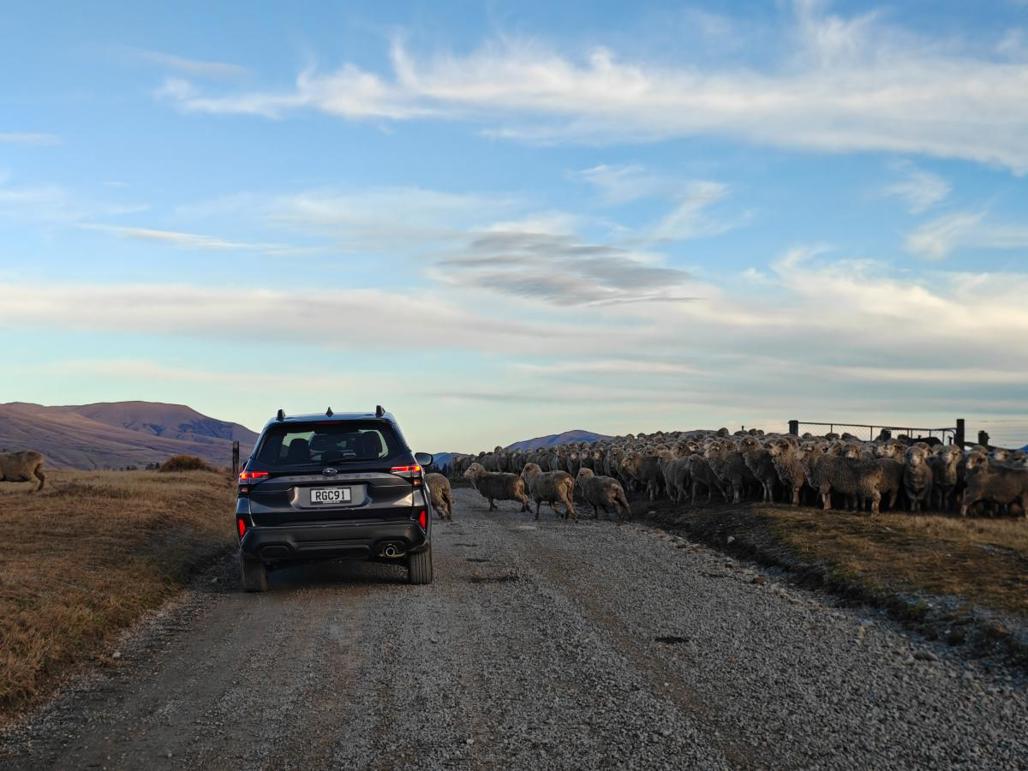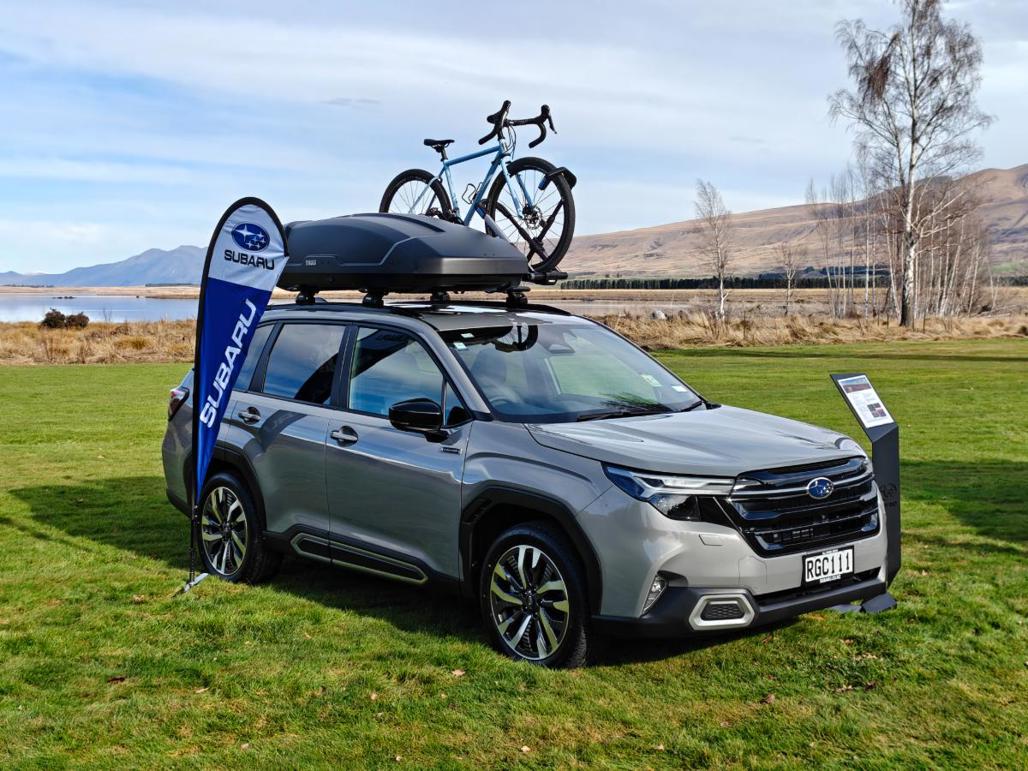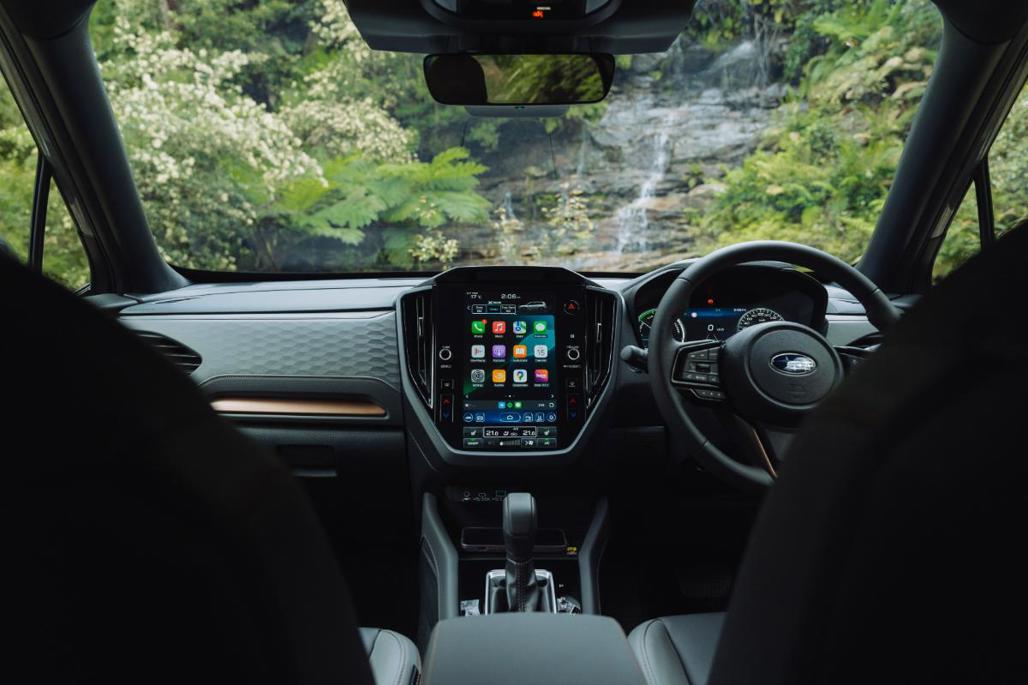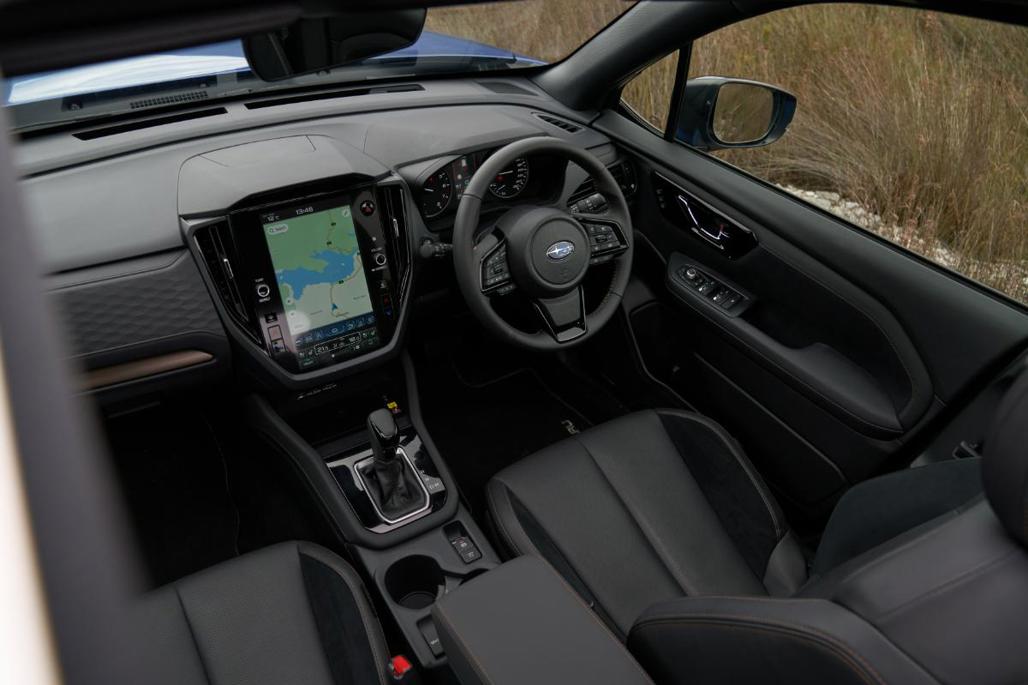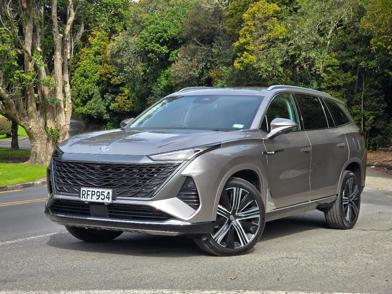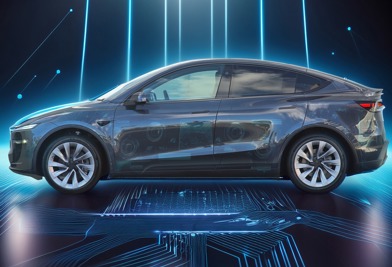What’s this new car all about then?
The Subaru Forester first debuted in 1997 as a taller, boxier replacement for the Impreza Gravel Express in Japan (otherwise known as the Outback Sport in the USA) and was something of a parts bin special, sitting on the Impreza’s underpinnings, but using the Outback’s larger 2.5-litre engine.
Despite its mixed-breed origins, the Forester quickly established a niche for itself in the Subaru line up and went on to become a very popular model in the company's portfolio, particularly in our part of the world.
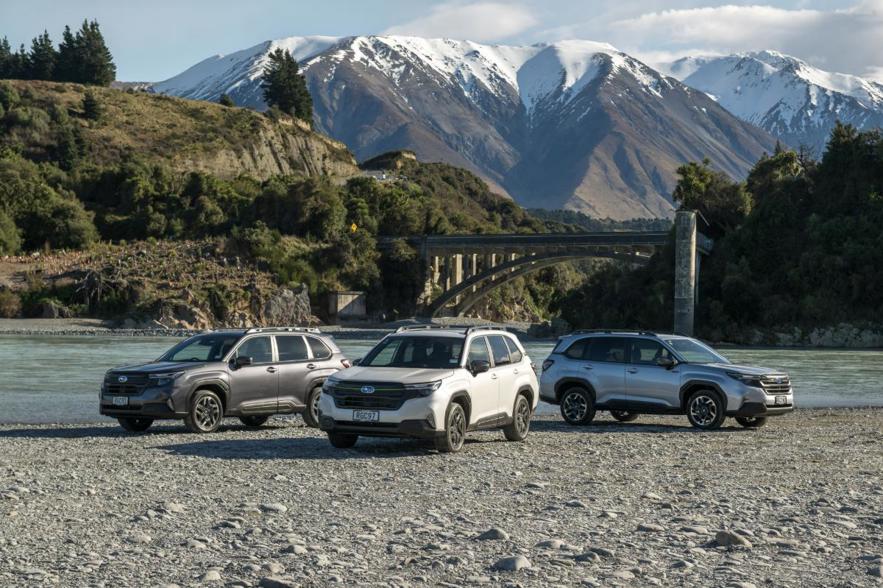
Fast forward almost 30 years (yes, really!) and we have the latest chapter in the Forester story in the form of the 6th generation model that also happens to be the first to feature Subaru’s “strong hybrid” powertrain (not a weedy mild hybrid that did very little, like in the last model…).
The Forester is launching in New Zealand in three guises - the entry model (just called ‘Forester’), the mid-spec Sport and the top-spec Touring, each with a choice of two powertrains; either the new hybrid or a revised version of the existing 2.5-litre four-cylinder petrol boxer engine.
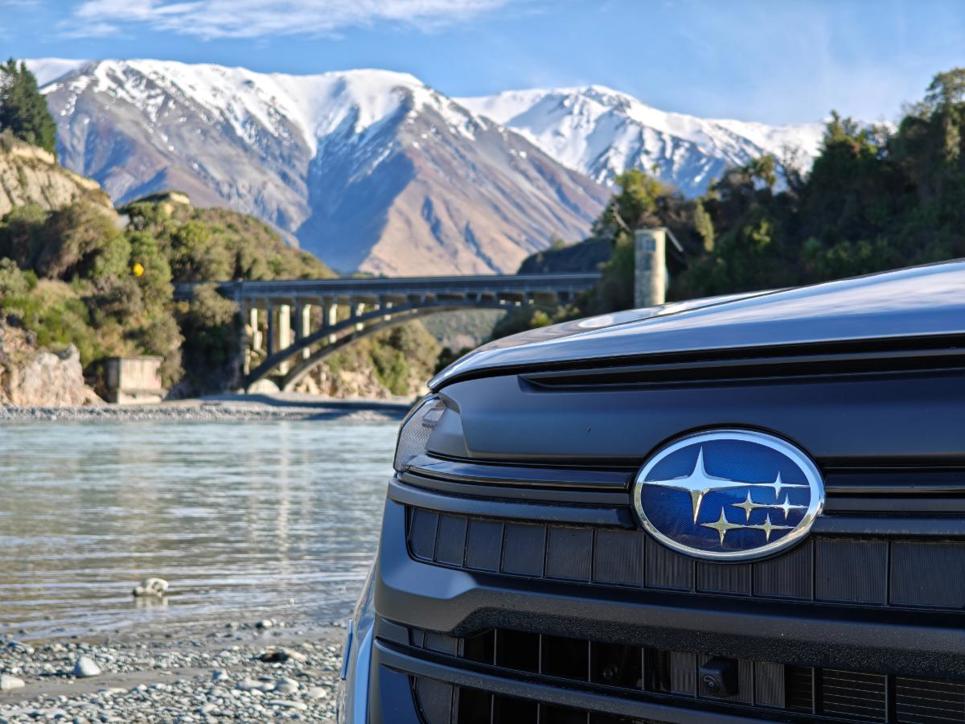
All models are, of course, AWD and use Subaru’s Lineartronic (that’s a CVT in non-Subaru talk) transmission. The petrol powertrain produces 136kW of power and 247Nm of torque, while the hybrid pumps this up to 145kW of combined maximum power, with torque dropping to 212Nm.
Even the entry model boasts a healthy list of standard equipment, with features like keyless entry and push button start, a tyre pressure monitoring system, 18-inch alloy wheels, automatic LED headlights, dual zone climate control, an 11.6-inch touchscreen infotainment system and wireless device charging.
It also comes with Subaru’s rather clever X-Mode off-road system and a full EyeSight suite of safety and assists, that is rather comprehensive.
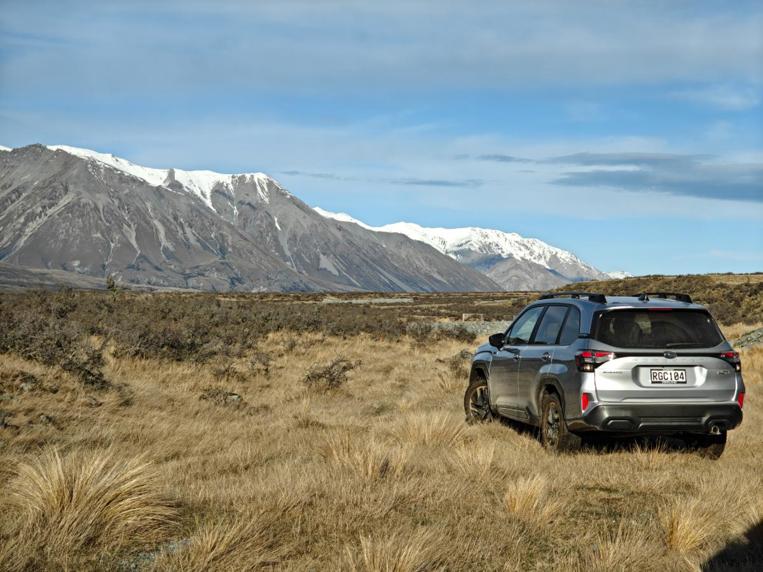
The Sport models add things like synthetic leather upholstery and cabin trim, auto dipping mirrors, power adjustable seats, embedded satellite navigation, and a dual mode version of X-Mode, while the Touring goes even further and adds leather accented Ultrasuede seats with ventilation and a 10-speaker premium Harman Kardon audio system.
How much is it?
The entry Forester starts at $49,990 for the petrol model, with the Sport dropping in at $54,990 and the Touring landing at $56,990. While hybrid versions land at $52,990, $59,990 and $60,990 respectively.
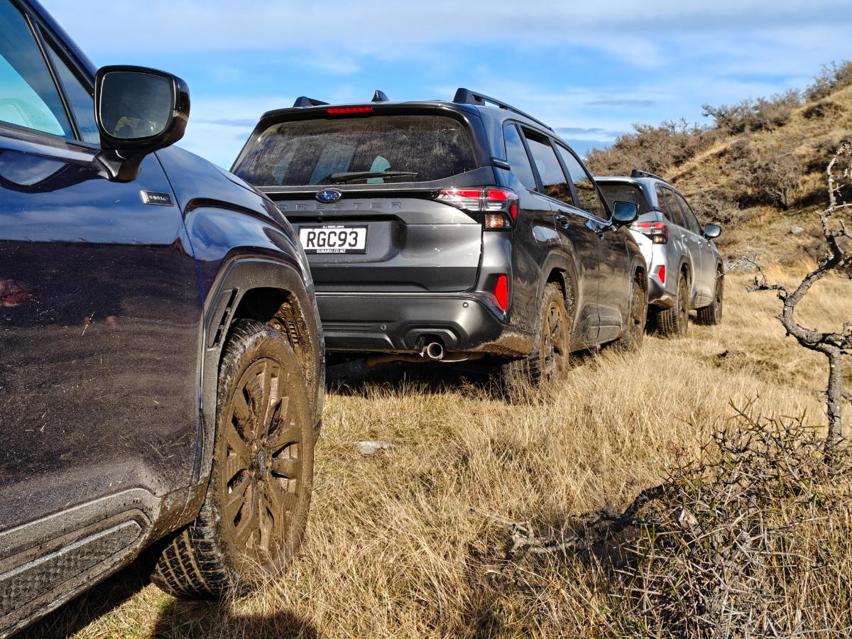
What’s it like to drive?
We drove all models of the new Forester with both powertrains on a launch out of Christchurch, with a mix of urban running, open road driving and, yes, off-roading over two days.
Regardless of trim level or even powertrain, the Forester revealed itself to be a remarkably satisfying and comfortable vehicle on South Island roads.
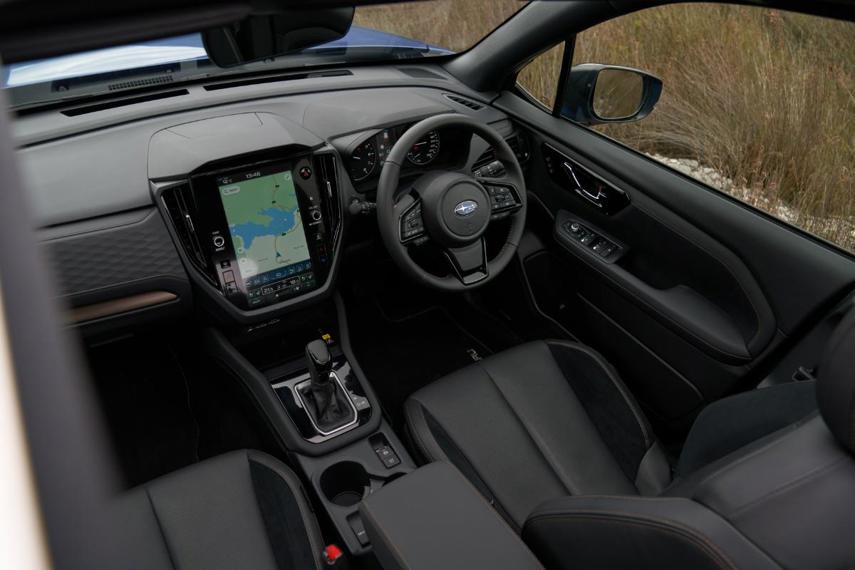
Ride quality is excellent, while road noise is well damped. This is due to Subaru increasing the amount of sound deadening material used, while also upping the Forester’s structural rigidity by 10 percent over the old model.
The Forester feels superbly responsive on the open road, with accurate, razor-sharp steering responses that never feel darty or overly sharp at lower speeds.
But the biggest surprise the Forester had in store was just how good its steering was. The Forester now uses a dual pinion steering system inherited from the WRX. While more expensive to manufacture than a single pinion system, the main advantage of a dual pinion system is minimise unnecessary resistance, providing the driver with a “more direct feel of the steering and greater control over the vehicle” according to Subaru.
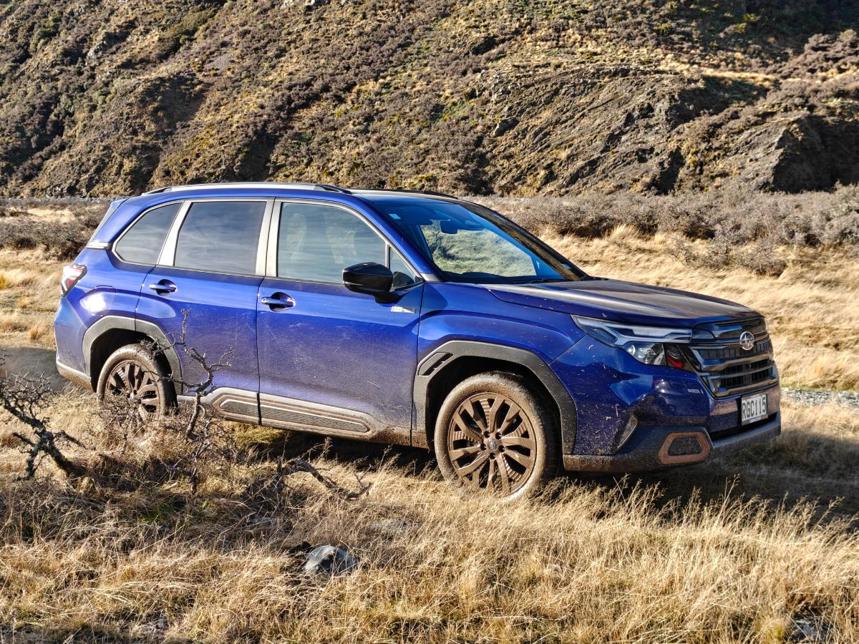
And, boy, does it work! The Forester feels superbly responsive on the open road, with accurate, razor-sharp steering responses that never feel darty or overly sharp at lower speeds. It was easily the highlight of the Forester, and not one we expected from it, to be honest.
The revised 2.5-litre engine is a decently responsive and, yes, characterful powerplant, with a satisfying boxer growl, while the continuously variable transmission is still extremely well-calibrated and largely avoids flaring. Subaru has long been one of the best at building non-irritating CVTs, and they continue to do so here.
The hybrid version brings improved frugality and driveability, with a generous (but unspecified) amount of torque down low from the combine system making for effortless urban commuting. The hybrid system can even power that car on electricity alone at speeds of up to 30km/h, but not for long as the battery is only fairly modestly size (probably around 1.1kW, but Subaru has yet to confirm that).
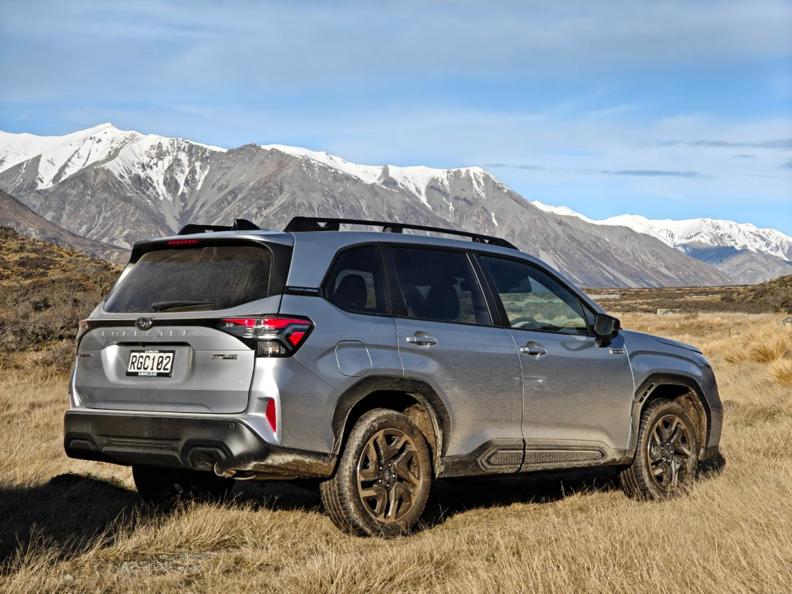
During our launch drive, the hybrid only showed relatively modest gains over the petrol models, but the increased grunt and drivability on the open road still brought tangible advantages over the petrol.
All models of Forester offer the same levels of excellent dynamics and impressive comfort, regardless of powertrain.
We would expect daily urban running to show much bigger gains however, as the majority of our driving was on open roads and low speed off-roading.
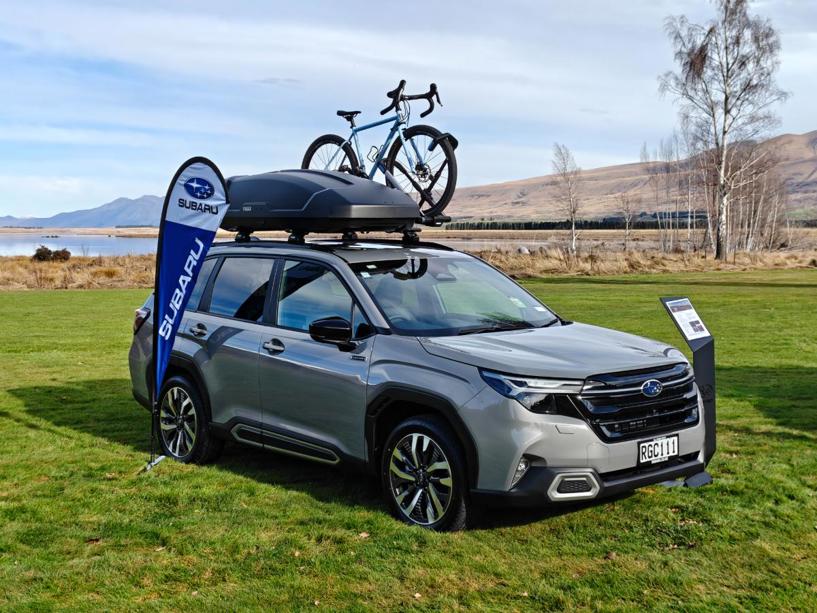
Speaking of off-road, the course for the launch was more of an extreme gravel track with a few stream crossings and a smattering of muddy holes, but given the Foresters were on standard road tyres and pressures, they performed admirably indeed.
A few examples defaulted into a low power “limp home” mode during and after the off-road sections, but this was due to driver error, rather than any mechanical faults - the system is designed to do this when it senses that water may be likely to get into some of the more vital parts of the powertrain, so protects itself accordingly.
Blame high entry speeds into river crossings and the fact that it was also the Australian launch, so we had lots of Aussie journos. I’ll let you add the two together…
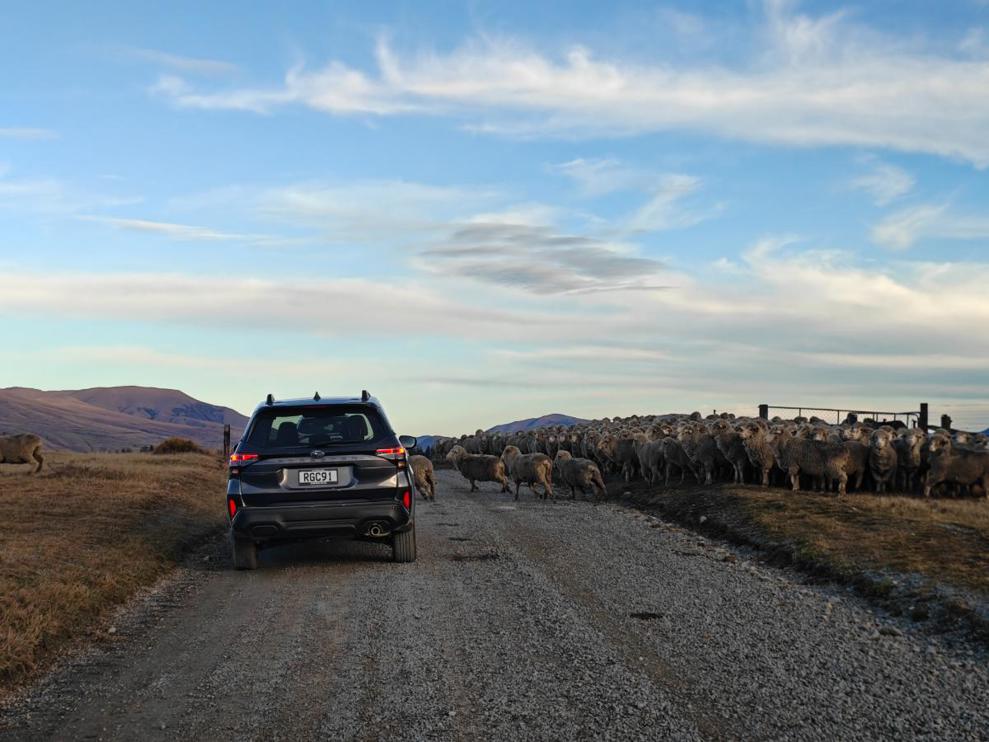
What’s the pick of the range?
That’s a hard one to be too definitive about, as all models were genuinely impressive. If you wanted a $50k wagon that did everything you expect from a Subaru, then the entry variants offer all of that at sharp family-friendly prices, and you certainly won't feel short changed.
When it comes to Subarus you either get it or you don’t, and if you get it, then there is nothing that really compares to the Forester.
All models of Forester offer the same levels of excellent dynamics and impressive comfort, regardless of powertrain but if we had to choose, it would probably be between the entry level hybrid or the Sport petrol. With just $2k between them, the choice comes down to a higher level of spec or a beefier but more frugal powertrain, and either is pretty tempting.
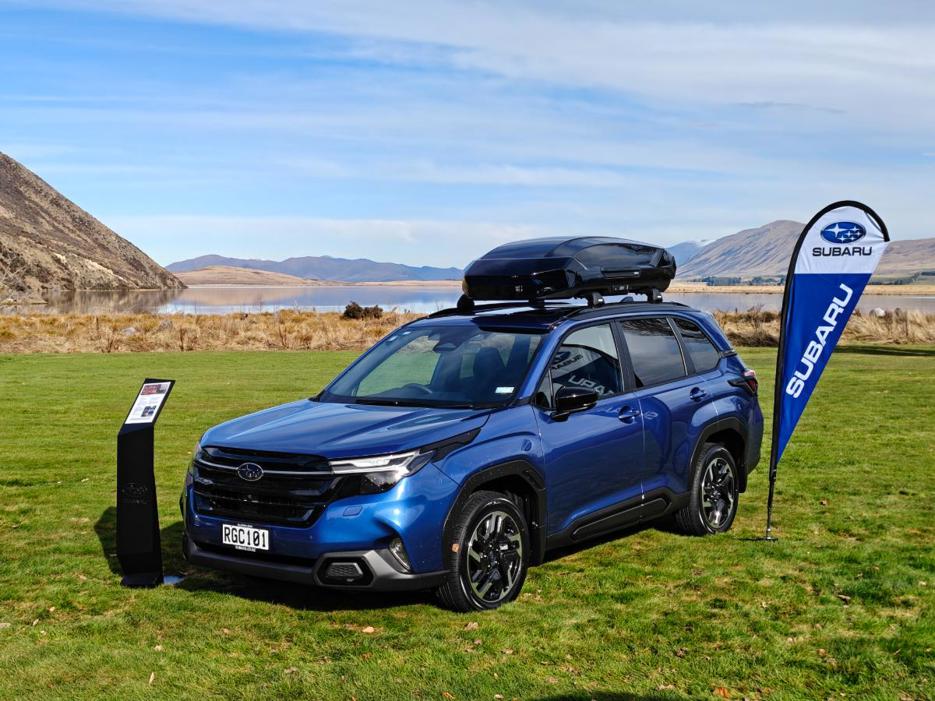
What other cars should I consider?
Pretty much every mainstream carmaker has a medium SUV in the same price bracket as the Forester, while most Chinese manufacturers also offer plug-in hybrids with a massive electric range for less money.
But the Forester’s blend of Impreza-like agility and Outback practicality, while retaining that unique Subaru character sets it apart. When it comes to Subarus you either get it or you don’t, and if you get it, then there is nothing that really compares to the Forester.
If you don’t get it, then probably… a RAV4?

